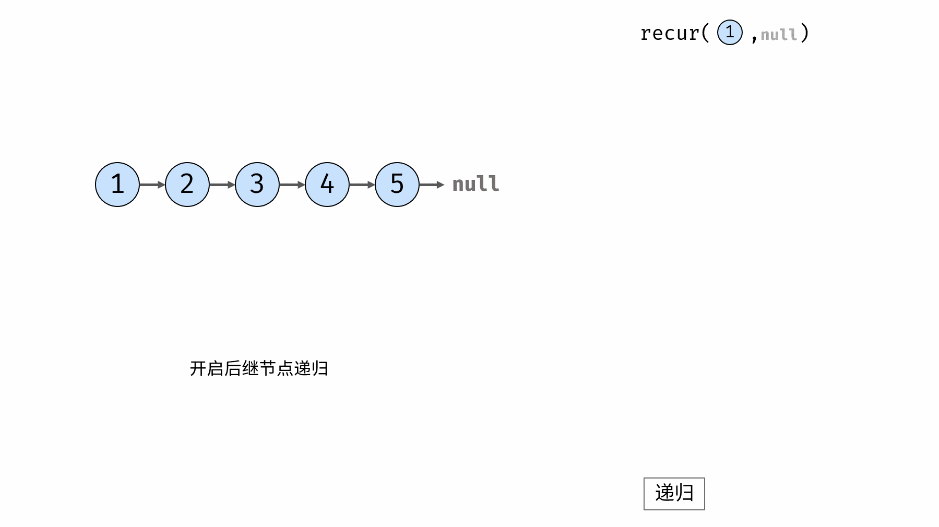添加依赖
本文使用spring data redis访问和操作redis,pom文件中加入以下依赖:
<dependency>
<groupId>org.springframework.boot</groupId>
<artifactId>spring-boot-starter-data-redis</artifactId>
</dependency>application.yml配置
application.yml中添加以下配置:
redis:
host: 127.0.0.1 # 服务地址
port: 6379 # 服务端口
password: gusy1234 # 服务密码
database: 0 # 数据库索引,默认0
# 连接池配置,使用lettuce,可选jedis
lettuce:
pool:
max-active: 8 # 连接池最大连接数
max-idle: 8 # 连接池最大空闲连接数
max-wait: -1 # 连接池最大阻塞等待时间,负值表示没有限制
min-idle: 0 # 连接池最小空闲连接数
timeout: 1000 # 连接超时时间(毫秒)注:spring data redis中,可以配置lettuce或jedis作为客户端的连接池。springBoot 2.x默认使用的是lettuce。如果你使用jedis作为连接池,需定义一个JedisConnectionFactory注入到RedisTemplate中,但是这种方式在springBoot 2.x中已经过时,不建议使用。
测试用例
使用RedisTemplate操作redis,以下是测试用例:
@SpringBootTest
class AgedWebApplicationTests {
@Autowired
@Qualifier("redisTemplate")
private RedisTemplate redisTemplate;
@Test
public void redisTest() {
redisTemplate.boundValueOps("testKey").set("testValue");
System.out.println(redisTemplate.boundValueOps("testKey").get());
}
}进入redis desktop manage查看保存结果:

可以看到value显示为二进制,这是由于redisTemplate默认使用jdk序列化导致的,这种方式生成的数据较大,性能较低,且只有Java应用能够反序列化。本文将用fastjson2作为序列化方式。
fastjson2作为序列化方式
pom文件中引入fastjson2:
<dependency>
<groupId>com.alibaba</groupId>
<artifactId>fastjson</artifactId>
<version>2.0.45</version>
</dependency>增加RedisConfig配置类:
import com.alibaba.fastjson.support.spring.GenericFastJsonRedisSerializer;
import lombok.extern.slf4j.Slf4j;
import org.springframework.beans.factory.annotation.Value;
import org.springframework.context.annotation.Bean;
import org.springframework.context.annotation.Configuration;
import org.springframework.data.redis.connection.RedisConnectionFactory;
import org.springframework.data.redis.core.RedisTemplate;
import org.springframework.data.redis.serializer.StringRedisSerializer;
/**
* redis配置
*
* @Author: gusy
*/
@Slf4j
@Configuration
public class RedisConfig {
@Bean
public RedisTemplate<String, Object> redisTemplate(RedisConnectionFactory redisConnectionFactory) {
RedisTemplate<String, Object> template = new RedisTemplate<>();
template.setConnectionFactory(redisConnectionFactory);
// 使用Fastjson2序列化器
GenericFastJsonRedisSerializer redisSerializer = new GenericFastJsonRedisSerializer();
// 设置 value 的序列化规则和 key 的序列化规则
template.setValueSerializer(redisSerializer);
template.setHashValueSerializer(redisSerializer);
template.setKeySerializer(new StringRedisSerializer());
template.setHashKeySerializer(new StringRedisSerializer());
template.afterPropertiesSet();
log.info("redis自定义配置启动成功!");
return template;
}
}再次执行测试用例,进入redis desktop manage查看结果:

好了,配置完成。
拓展:
RedisTemplat常用序列化方式:
1、JdkSerializationRedisSerializer:使用Java的序列化功能。这是默认的序列化机制,它使用标准的Java序列化方式。
2、StringRedisSerializer:字符串序列化,用于键(key)和值(value)都是字符串的情况。
3、Jackson2JsonRedisSerializer:使用Jackson库将对象序列化为JSON字符串。同fastjson序列化方式。
4、GenericJackson2JsonRedisSerializer:是Jackson2JsonRedisSerializer的泛型版本,可以方便地序列化多种类型,而不需要为每种类型提供类型信息。
5、GenericToStringSerializer:可以将对象序列化为字符串。
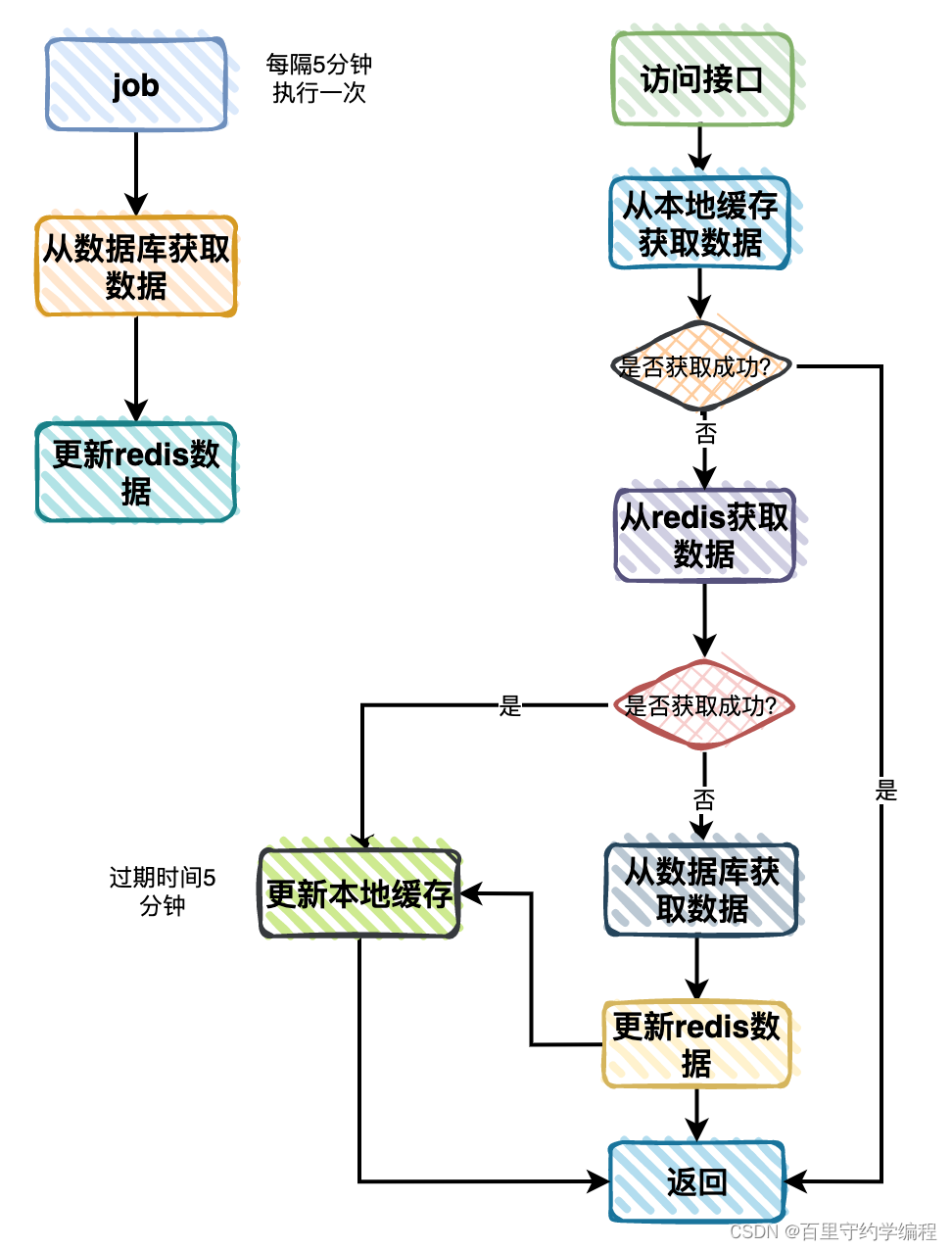

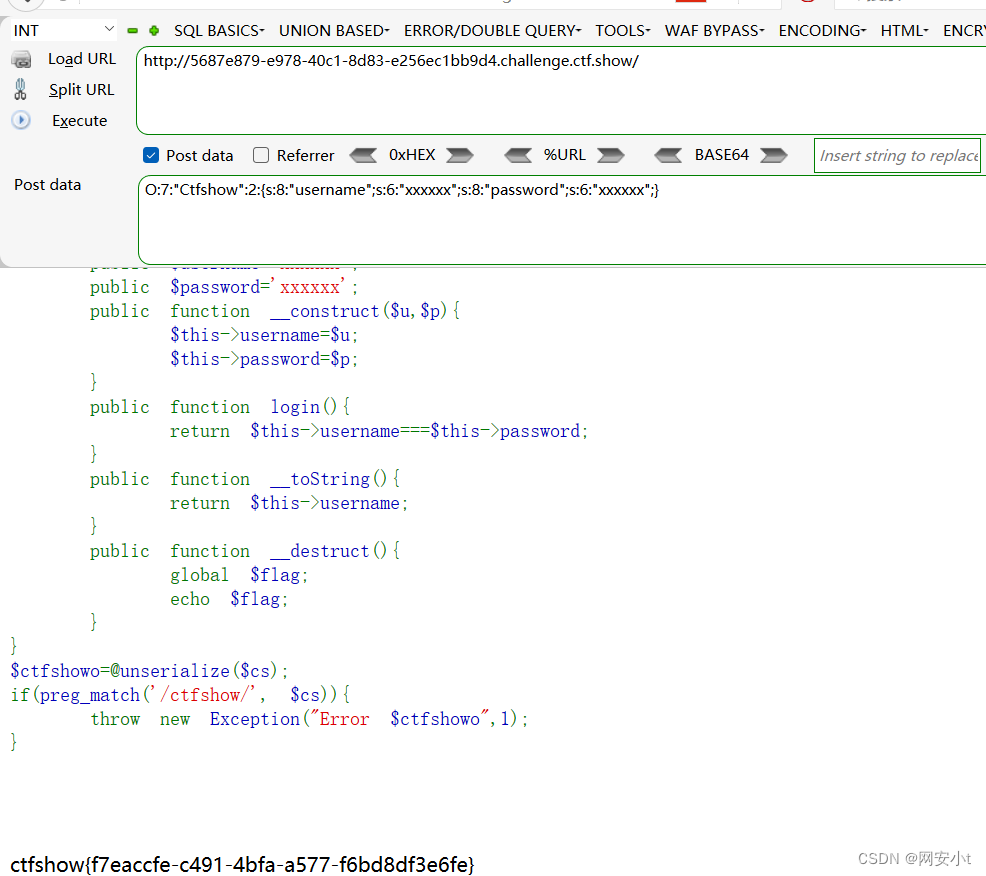





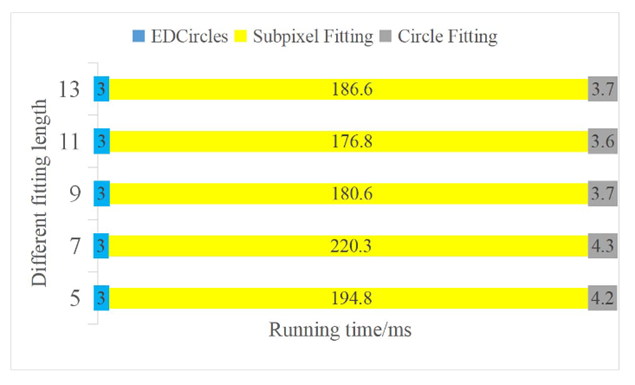

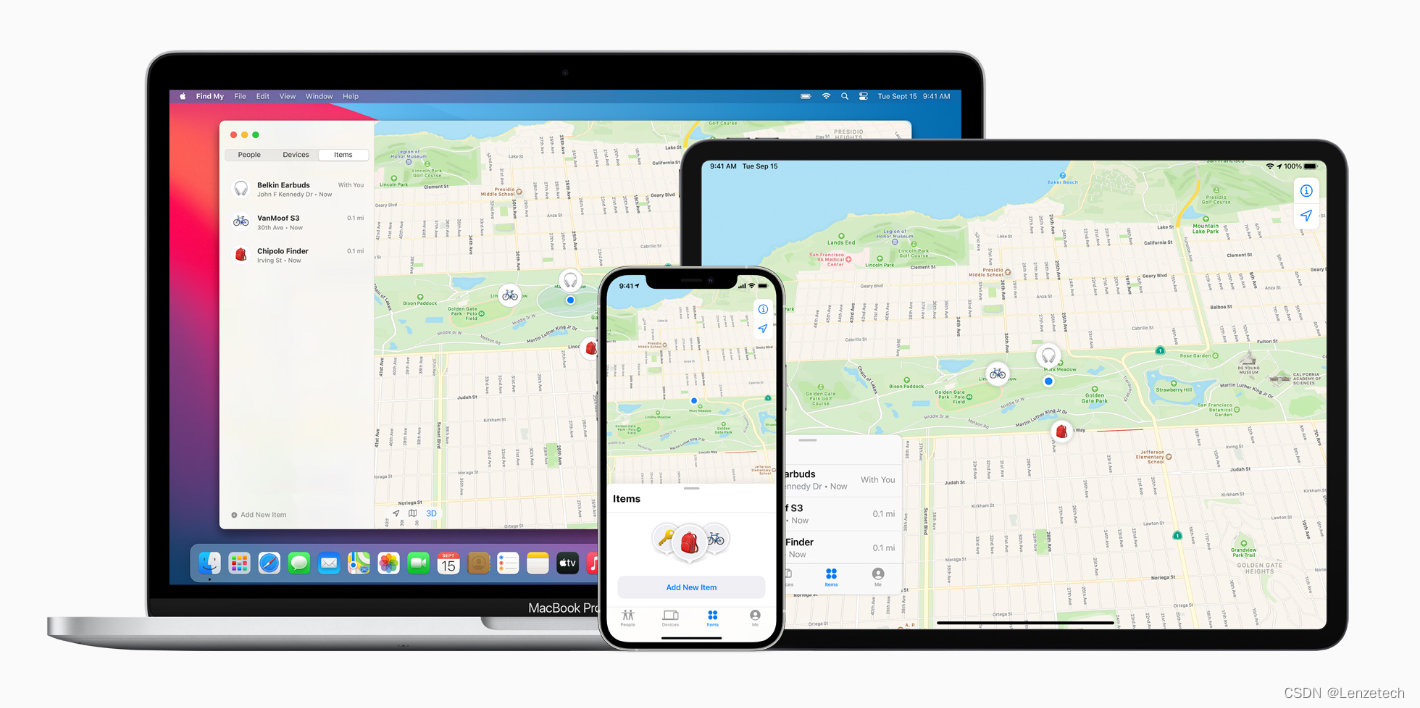


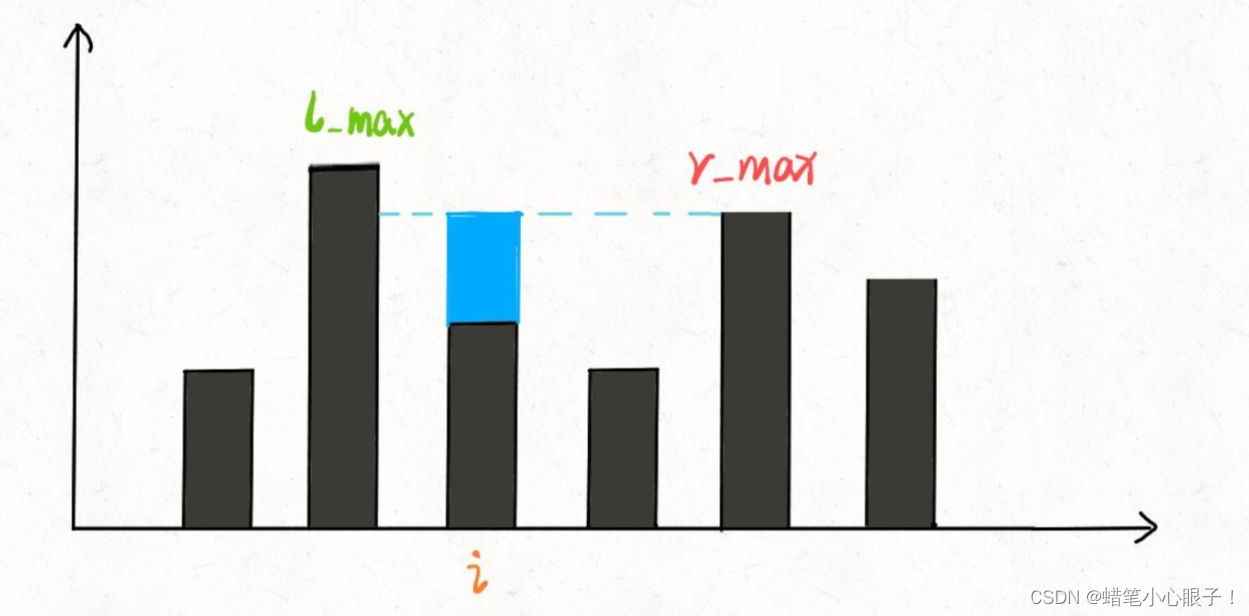

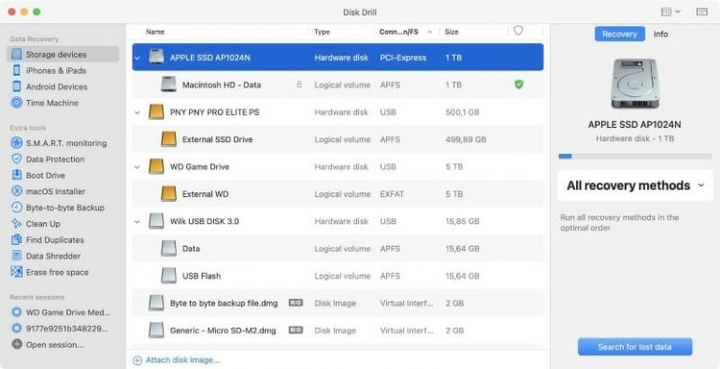
![[安全警报] Npm木马利用“Oscompatible“包悄然安装AnyDesk](https://img-blog.csdnimg.cn/direct/68eb07b4553c4afc839185e072bc0a28.png)
